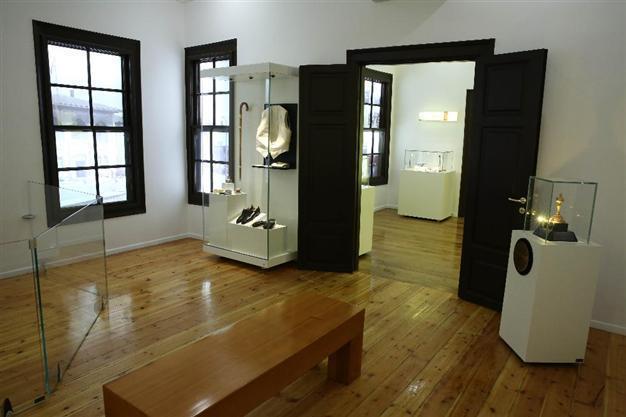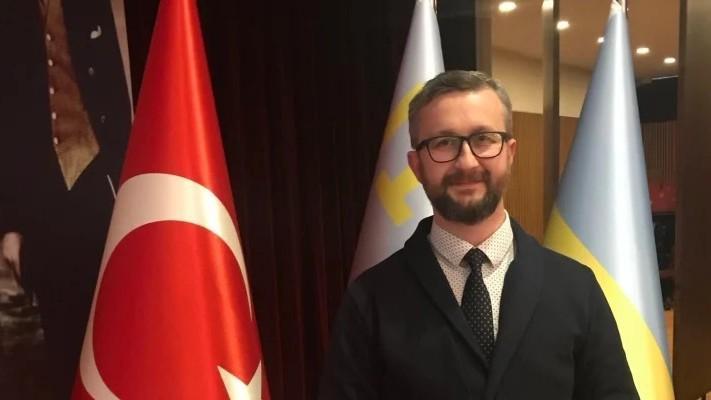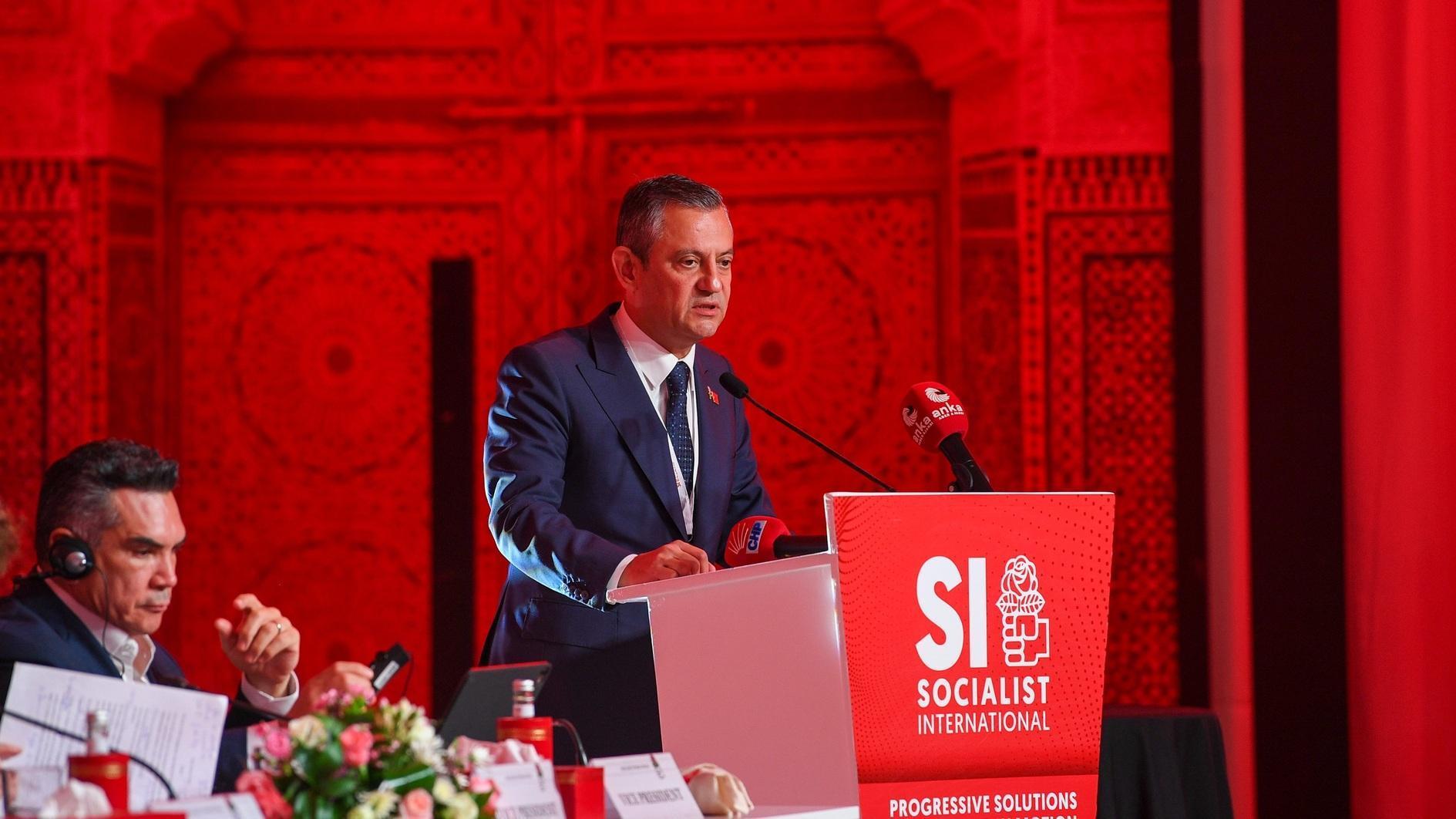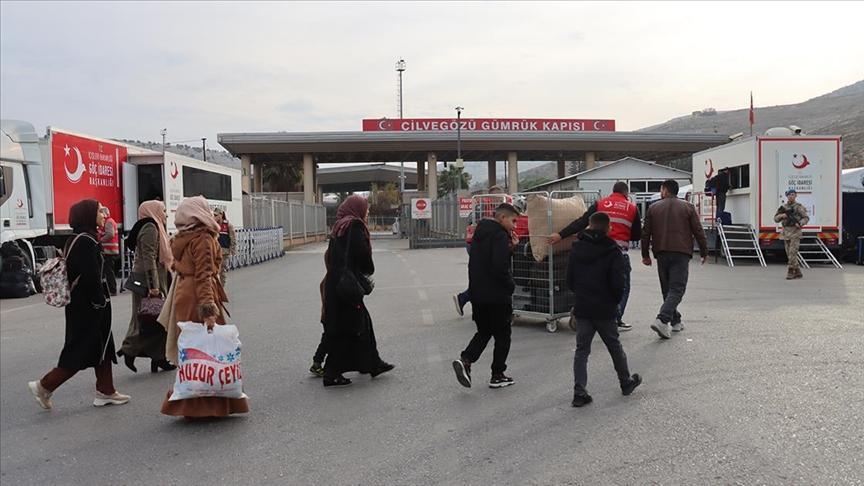Atatürk’s house in Greece reopens with personal belongings
Yorgo Kırbaki THESSALONIKI
 Objects belonging to the founder of the Turkish Republic, Mustafa Kemal Atatürk, have been placed in his house in the Greek city of Thessaloniki, after criticism of the museum for not including any personal belongings following a recent renovation.
Objects belonging to the founder of the Turkish Republic, Mustafa Kemal Atatürk, have been placed in his house in the Greek city of Thessaloniki, after criticism of the museum for not including any personal belongings following a recent renovation. Atatürk’s house in Thessaloniki, where he was born in 1881 and lived until his father passed away in 1888, was reopened on Oct. 29, Turkey’s national Republic Day, after being decorated with about 50 of his personal belongings.
The museum had been reopened in August 2013 after undergoing a renovation that lasted around three years. Atatürk’s belongings, which were displayed in the museum before the renovation, were moved to another place in Turkey, prompting complaints from visitors that the museum was “empty.”
However, the Culture Ministry has seen to it that almost 50 belongings of Atatürk have been placed in the museum for the reopening, including a military hat, vest, shoes, slippers, tie, cutlery and a tobacco pipe.
Silicon models of Atatürk and his mother Zübeyde Hanım have also been placed in the museum, with a young Mustafa Kemal sitting at the kitchen table as his mother looks at him from the opposite room.
The walls of the newly decorated museum have also been adorned with copies of the school reports that Mustafa Kemal received at the Bitola (Manastır) Military High School, as well as his first presidency seal.
Turkish Consul General to Thessaloniki Tuğrul Biltek said the museum would be continually renewed, thus making it a “living museum.”
Oct. 29 marked the 91st anniversary of the Turkish Republic’s foundation by Atatürk in 1923, after the independence war was fought between 1919 and 1922 and the Treaty of Lausanne was signed in July 1923 between the Turkish national movement and the allied states.
As part of the Treaty of Lausanne, the Greek government took over ownership of the house, but the Thessaloniki Municipality subsequently presented it as a gift to Turkey in 1937. Atatürk then ordered for the adjacent lands to be bought and for Turkish Consulate buildings to be built on the land.
Today, the museum is one of Thessaloniki’s key tourist attractions, and is rising in popularity. While 20,000 tourists visited in 2011, some 120,000 tourists have visited the museum in the last 14 months.
















